Family: Polygonaceae Juss.
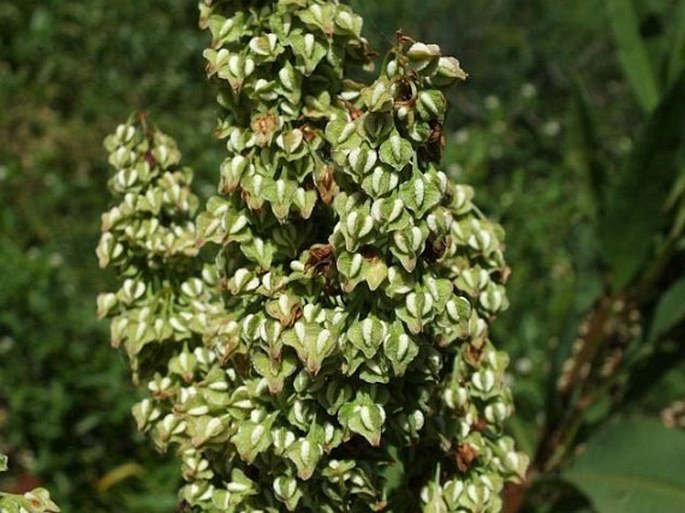
Distribution: North American species occurring from Ontario and Quebec through eastern parts of US, southward to Florida and westward from Minnesota through Nebraska to New Mexico and Texas.
Ecology: Swamps, bogs, wet meadows, water streams, wet flooding woods, at elevations from sea level to 800 m. Blooms in spring and early summer.
Description: Perennial herb, 40–100(–150) cm tall. Stem erect, simple or branching at proximal nodes, green to reddish green, hairless. Leaves alternate, linear-lanceolate or lanceolate, 5–40 × 1–5 cm, wedge-shaped at base, margins smooth or slightly undulate, hairless; leaves getting smaller as they ascend the stem; lower leaves with long petioles, upper leaves with short petioles. Inflorescence terminal and axillary raceme of many flowers, about 25 cm long, erect; flowers are 4–5 mm long, droop from slender pedicels, consist of 6 tepals, 6 stamens, tripartite style; tepals green, ovate-triangular to deltoid, anthers white to yellowish. Fruit is 3-valved capsule, about 8 mm long, each valve contains one achene, reddish brown, glossy, about 3 mm.
Threat and protection: State of Maryland lists this species as endangered and Massachusetts as threatened. Some states consider it a weed.
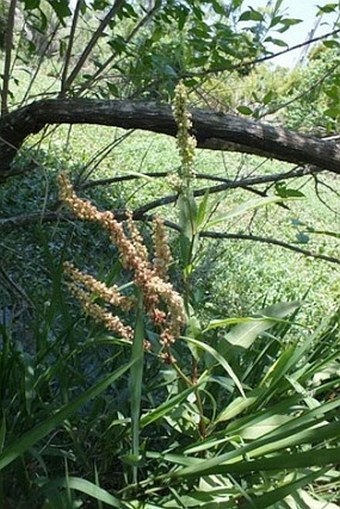
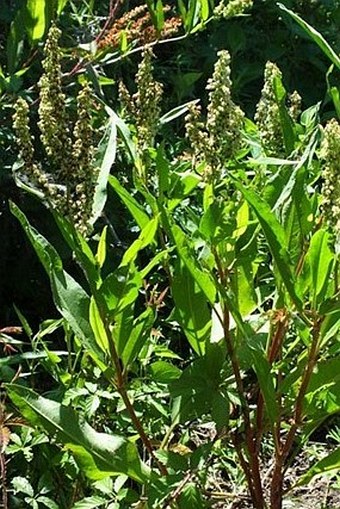
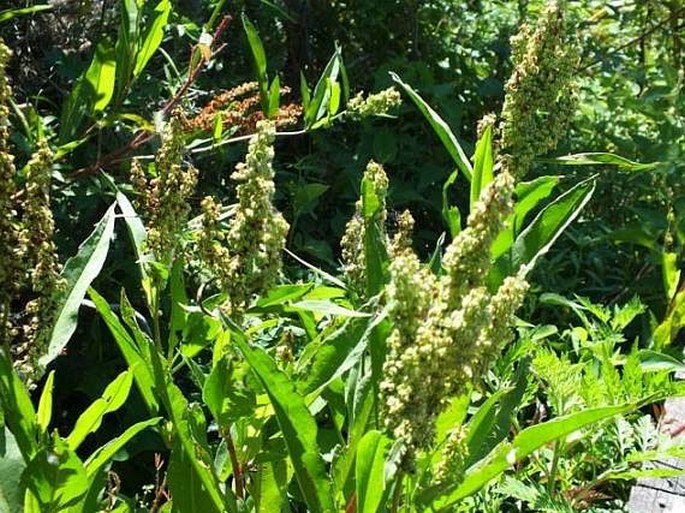
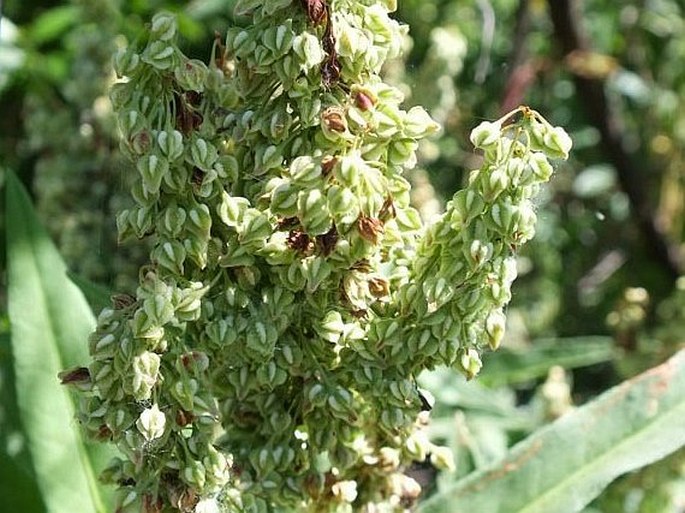
These images were taken in USA, Louisiana, Jean Lafitte National Park, Barataria Preserve (May 2014).


